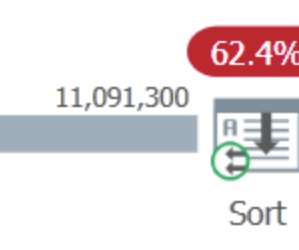SQL Server I/O Basics Chapter #2
SQL Server According to Bob
JANUARY 11, 2020
KB sectors run on smaller sectors 14 System and sample databases 15 Determining the formatted sector size of database 15 What sector sizes does SQL Server support?

SQL Server According to Bob
JANUARY 11, 2020
KB sectors run on smaller sectors 14 System and sample databases 15 Determining the formatted sector size of database 15 What sector sizes does SQL Server support?

John McCalpin
APRIL 2, 2020
The presentation discusses a family of simple performance models that I developed over the last 20 years — originally in support of processor and system design at SGI (1996-1999), IBM (1999-2005), and AMD (2006-2008), but more recently in support of system procurements at The Texas Advanced Computing Center (TACC) (2009-present).
This site is protected by reCAPTCHA and the Google Privacy Policy and Terms of Service apply.

SQL Performance
MARCH 30, 2021
The fundamentals of row mode parallel execution haven’t changed since SQL Server 2005, so the following discussion is broadly applicable. The reservation guarantees SQL Server will remain around its configured maximum number of threads at all times, but the physical thread may not be immediately available from the thread pool.

SQL Server According to Bob
DECEMBER 18, 2018
The operating system signals completion when the I/O stack finishes the request. Linux provides different system calls (syscall)/commands for asynchronous behavior. CSA ISO/IEC 9945-1:2005 (R2009) 3.375 Synchronized I/O Data Integrity Completion. Filesystem Type 1K-blocks Used Available Use% Mounted on. O_NONBLOCK.

Brendan Gregg
AUGUST 8, 2017
Nowadays, the source code to old operating systems can also be found online. For everyone familiar with other operating systems and their CPU load averages, including this state is at first deeply confusing. **Why?** The oldest change in the entire Linux repo dates back to 2005, when Linus imported Linux 2.6.12-rc2,
Let's personalize your content